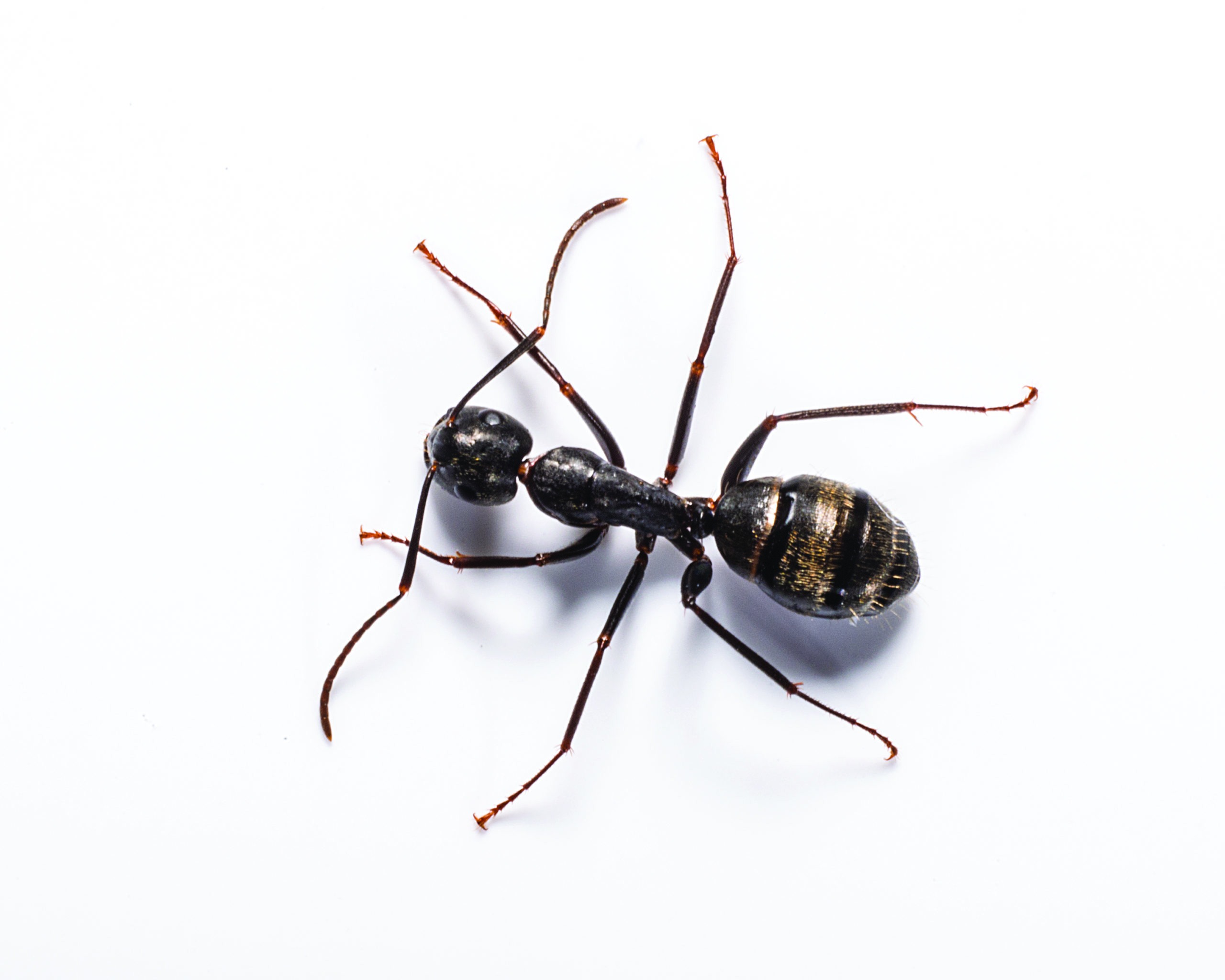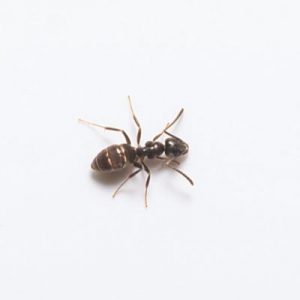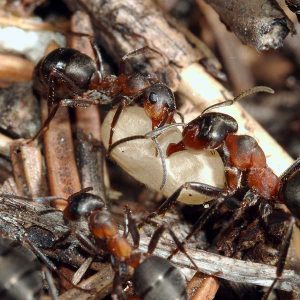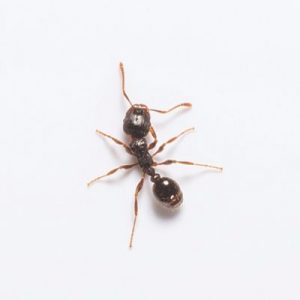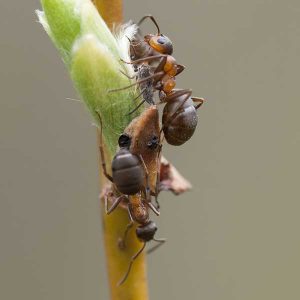Description
Carpenter Ants in your area
Carpenter ants are the largest of all other ant species. They can be from 6mm to 12mm in length but what makes them really unique is their wood-destroying habits. Carpenter ants excavate wood, tunneling through it to construct their nests–which can ultimately destroy the structural integrity of buildings. Despite living in moist and decaying lumber, carpenters do not eat wood. Instead, they feed on protein and sugar like dead bugs and fruit.
Carpenter Ant Habitat
Drawn to moisture, carpenter ants can establish nests in a number of different locations. These locations can be either inside or outside of a home or structure and generally near damp, decaying wood. In homes and buildings, the parent nest is generally located outside in a tree, stump, or stack of firewood. Indoors, nests are commonly found in crawl spaces, behind dishwashers, roof overhangs, and wall voids–anywhere there is a water leak. Indoor carpenter ant infestations are always associated with moisture issues in homes or businesses.
Carpenter Ant Behaviors, Threats, or Dangers
Although carpenter ants have strong jaws and teeth, they rarely bite, unless their nest is disturbed. The real threat with carpenter ants is the structural damage they can cause to your home. Carpenter ant swarms usually occur in the spring and are a sure sign that a colony is nesting nearby. Seeing tiny piles of sawdust, or hearing faint rustling noises in walls are both indications of a carpenter ant infestation. While carpenter ants are not as dangerous as termites, if left unchecked, they systematically destroy homes and valuable wood objects within them. If a carpenter ant infestation is suspected, it is best to contact a professional ant exterminator.
Need help with Carpenter Ant control?
We'll call you! Leave your information below.
